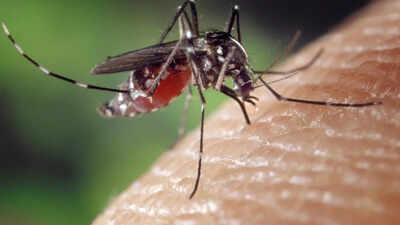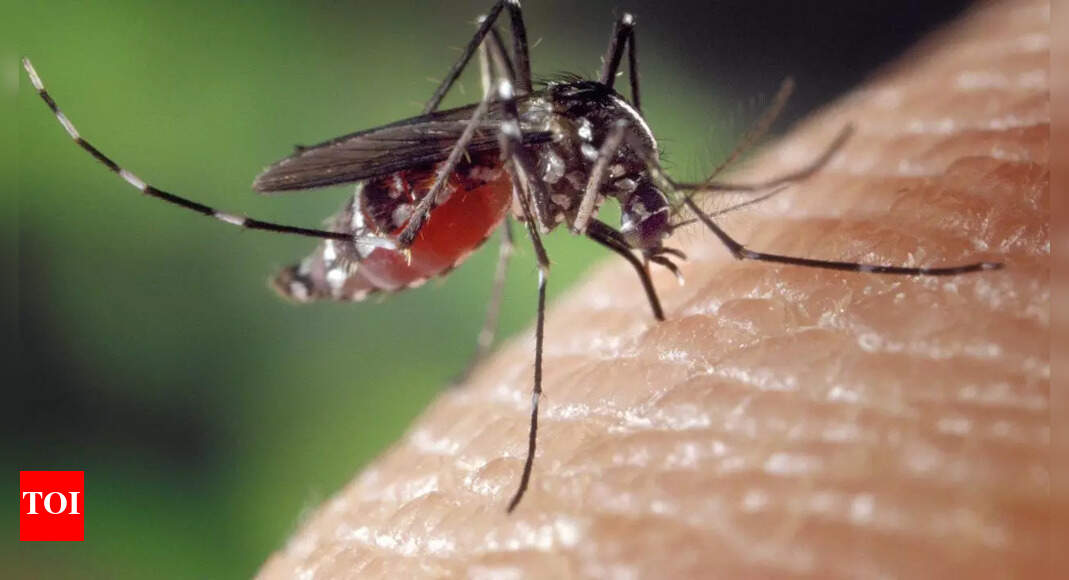
Mosquitoes are silent invaders that can turn your home into a breeding ground for disease. While most people know that open puddles and water tanks attract mosquitoes, many are unaware of the smaller, more hidden places that harbour mosquito larvae. These overlooked areas, often found in everyday corners of the home or garden, create ideal conditions for mosquitoes to multiply, posing serious health risks, including dengue, chikungunya, and malaria. To protect your household, it’s crucial to go beyond obvious prevention. In this article, we uncover five frequently ignored mosquito breeding spots that may be compromising your home environment without your knowledge.
5 sneaky mosquito breeding areas you’re probably overlooking
Gutters and downspouts
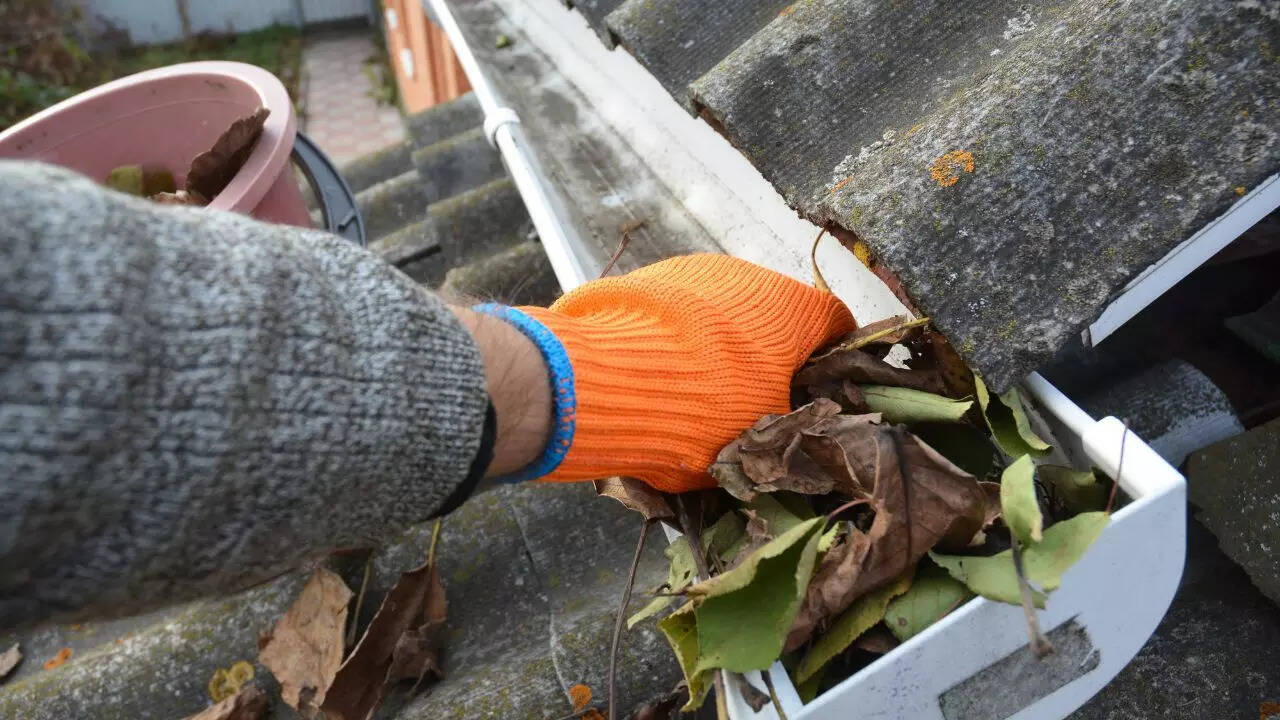
One of the most frequently missed mosquito hotspots is your home’s gutter system. Gutters that are clogged with fallen leaves, dirt, and debris can block the flow of rainwater. When water can’t drain properly, it collects and sits, creating stagnant pools—perfect breeding grounds for mosquitoes. Even a small patch of standing water left for more than a few days can become home to hundreds of larvae.To avoid this, regularly inspect and clean your gutters, especially before and during the rainy season. Install gutter guards if possible, and ensure downspouts are clear so that water flows freely. This simple upkeep step can dramatically reduce mosquito populations around your home.
Old tyres
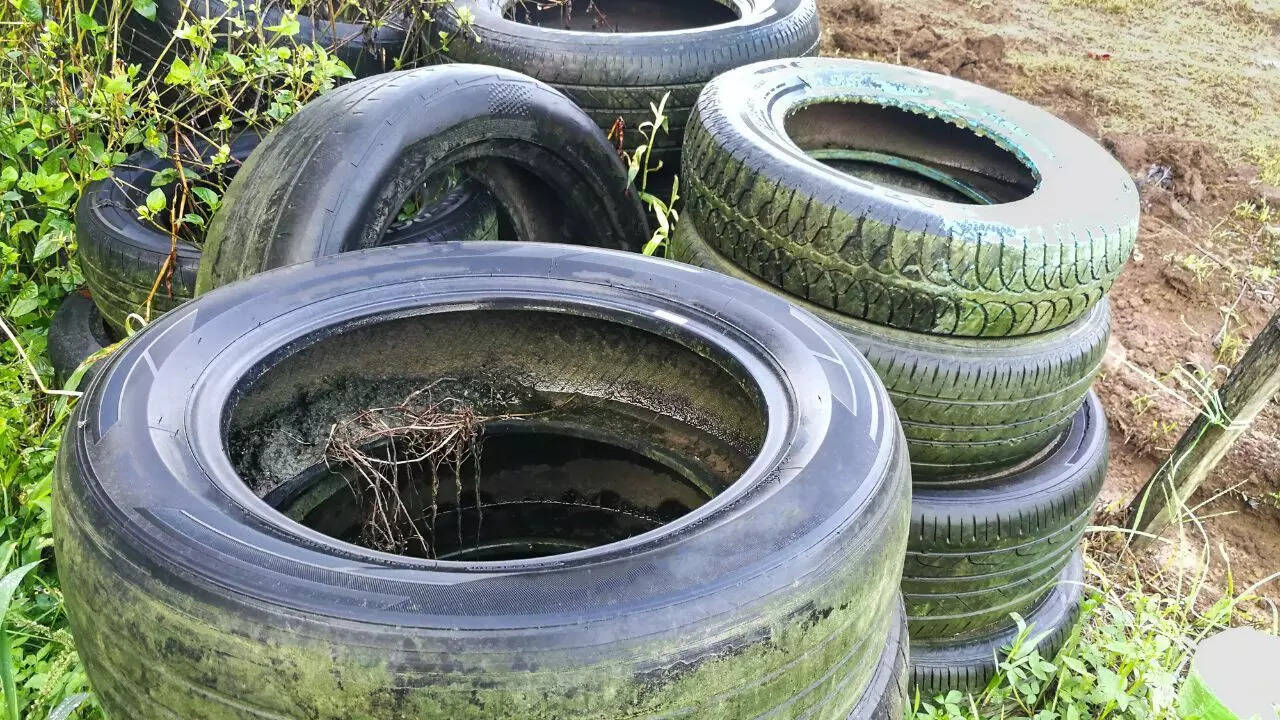
Discarded or unused tyres lying in your yard or garden are among the most mosquito-friendly items. Tyres easily collect rainwater, and their rubber casing provides a warm, protected environment for mosquito eggs to hatch. Worse still, because tyres are often forgotten or placed in shaded areas, they can go unchecked for weeks or even months.To address this, either dispose of old tyres through local recycling programmes or store them in a covered, dry space. If you’re repurposing tyres for planters or landscaping, make sure there are drainage holes to prevent water accumulation. A few minutes of precaution can stop an entire generation of mosquitoes from thriving.
Plant containers and flower pot saucers
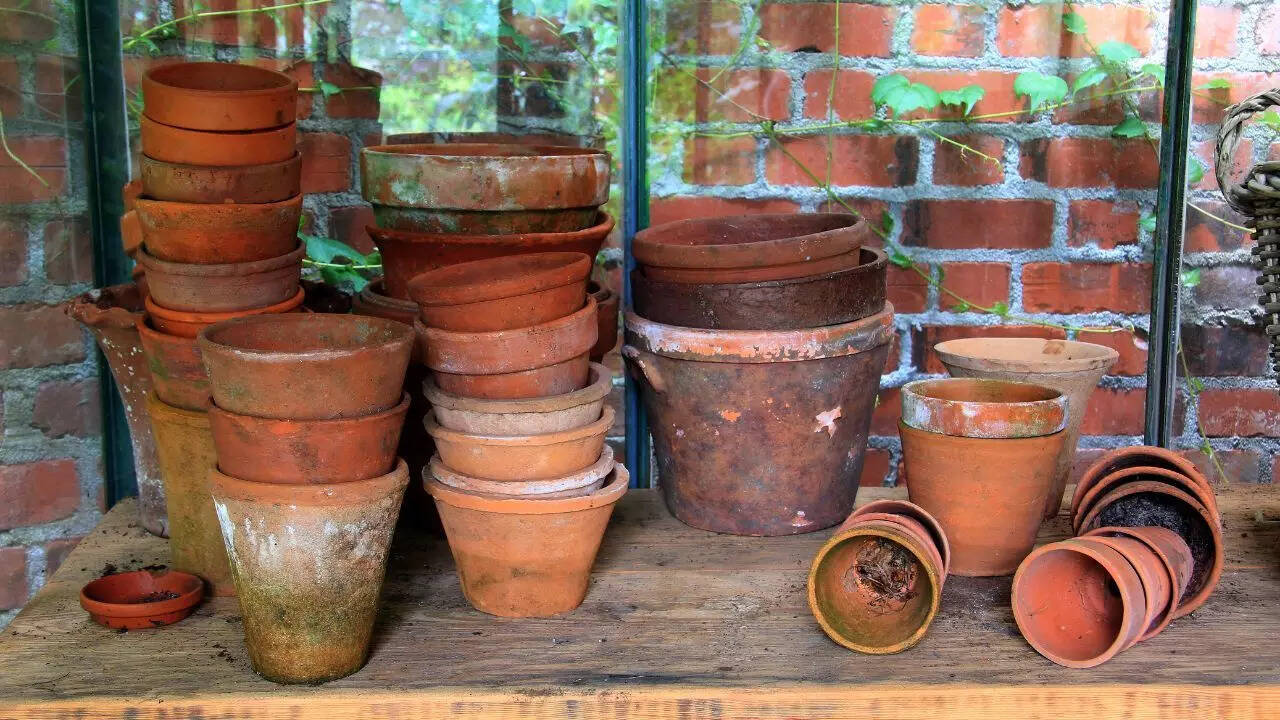
Gardening lovers often forget that their beautiful potted plants could be harbouring mosquito larvae. Saucers placed underneath flower pots to catch excess water can become stagnant pools if not emptied regularly. Even small amounts of water can provide enough space for mosquitoes to lay their eggs.To prevent this, check your plant containers frequently, especially after watering or rainfall. Empty saucers immediately after excess water collects, and consider adding sand to the bottom of the trays to absorb moisture while still supporting the pot. Also, ensure that soil is well-draining and that pots aren’t overwatered.
Tarps and pool covers
Tarpaulins and pool covers are often used to protect outdoor furniture, pools, or equipment from the rain. However, these materials can easily trap water in creases and folds when left out. A forgotten tarp in the corner of your yard, or a poorly maintained pool cover, can quickly become a mosquito nursery.Make it a habit to shake off or drain water from tarps and covers after every rainfall. For long-term protection, ensure the surface is taut and elevated so that water cannot pool. If needed, use pool cover pumps or squeegees to remove excess water. Being vigilant with these coverings goes a long way in keeping mosquito populations under control.
Pet water bowls and birdbaths
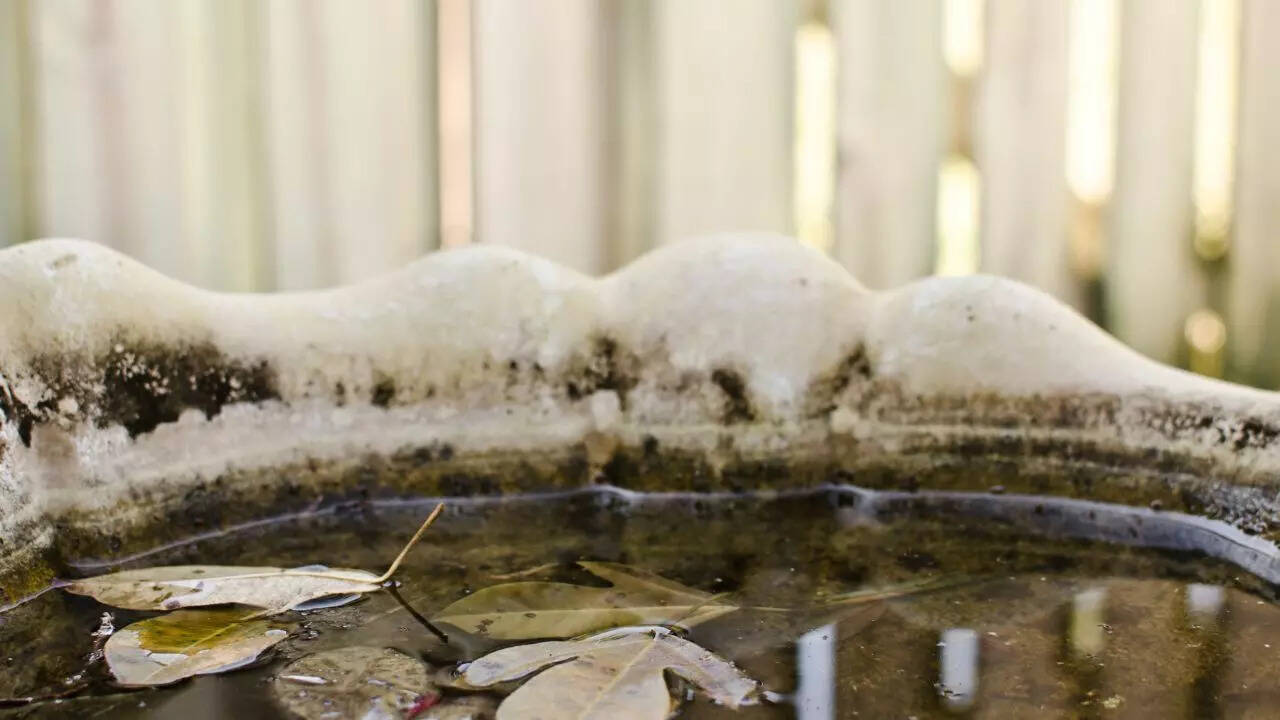
While birdbaths and pet bowls are intentional water features, they can also become mosquito breeding sites if not cleaned regularly. Water left out for more than a few days becomes stagnant and highly attractive to mosquitoes looking to lay eggs.To reduce this risk, refresh water bowls and birdbaths at least every two days. Give them a quick scrub when you refill them to remove any eggs that may have already been deposited. If you have a larger fountain or birdbath, consider adding a small pump to keep water moving.Preventing mosquito infestations requires more than just bug spray or mosquito coils. By identifying and eliminating these often-overlooked breeding sites, you can protect your family from the health risks mosquitoes pose. A little maintenance and awareness can go a long way in creating a safer, more comfortable home environment.Also Read: 9 best indoor plants for windowless rooms and dark corners

